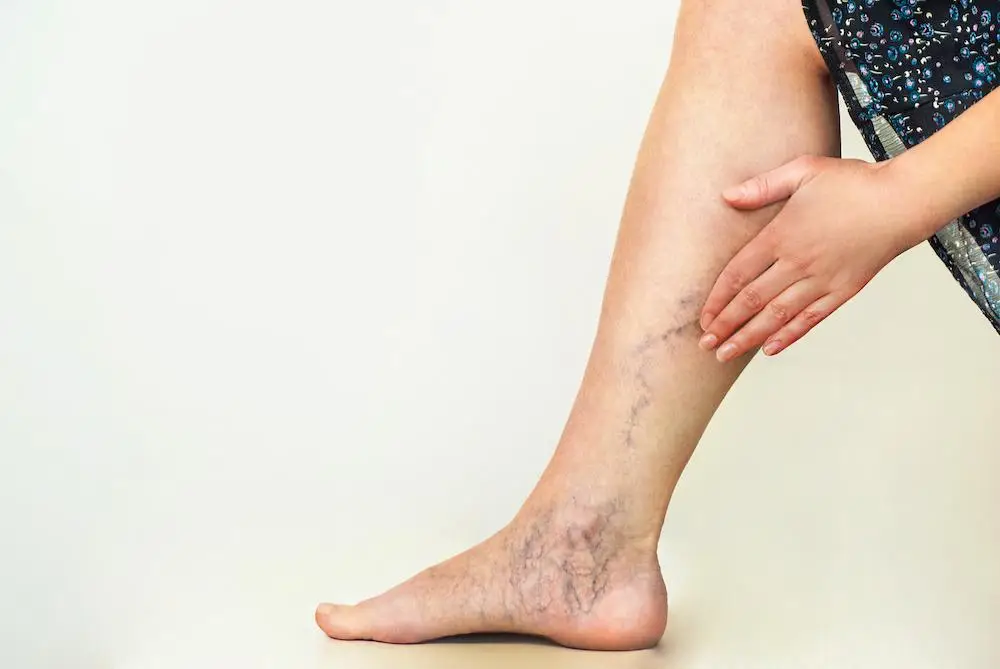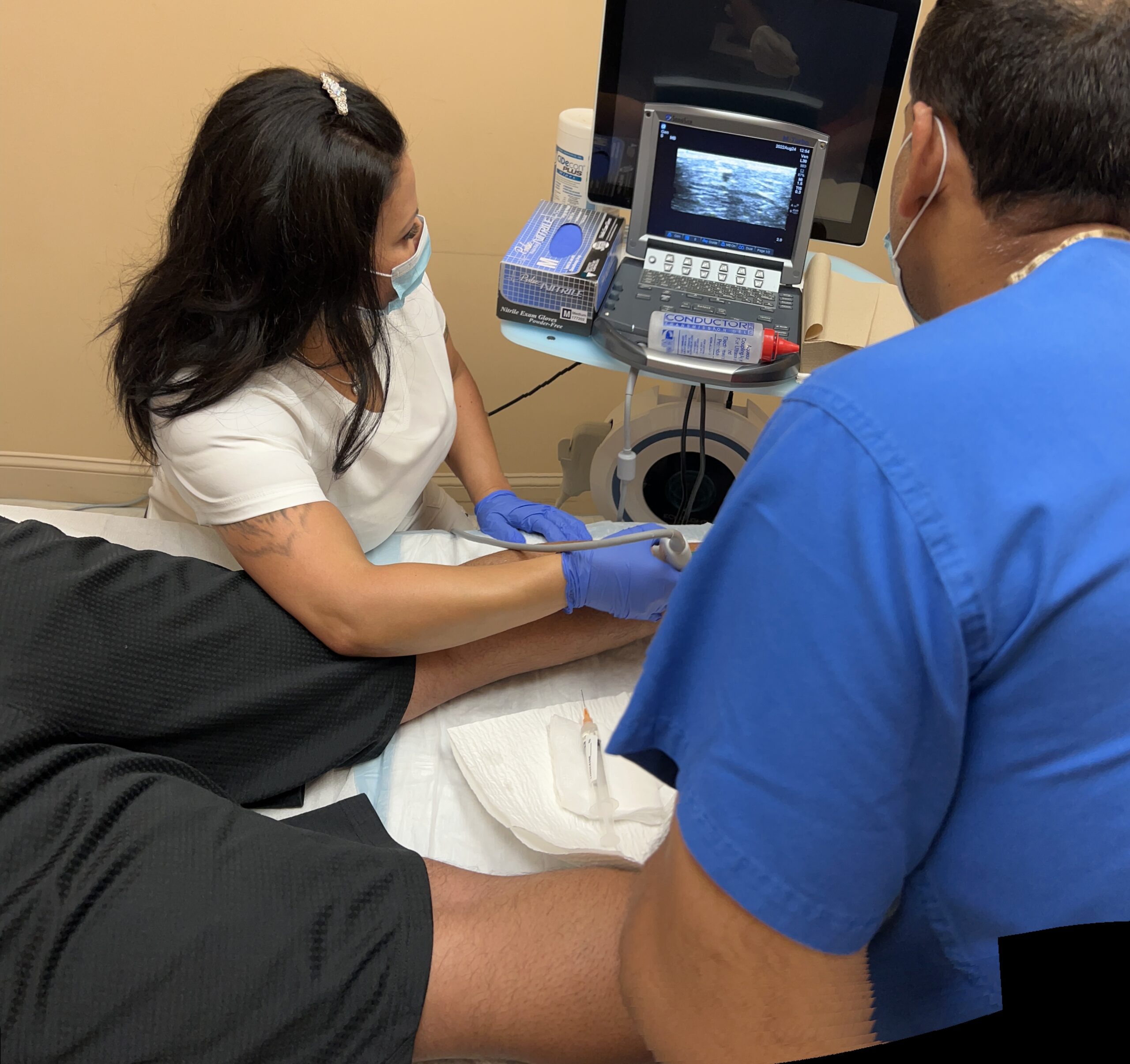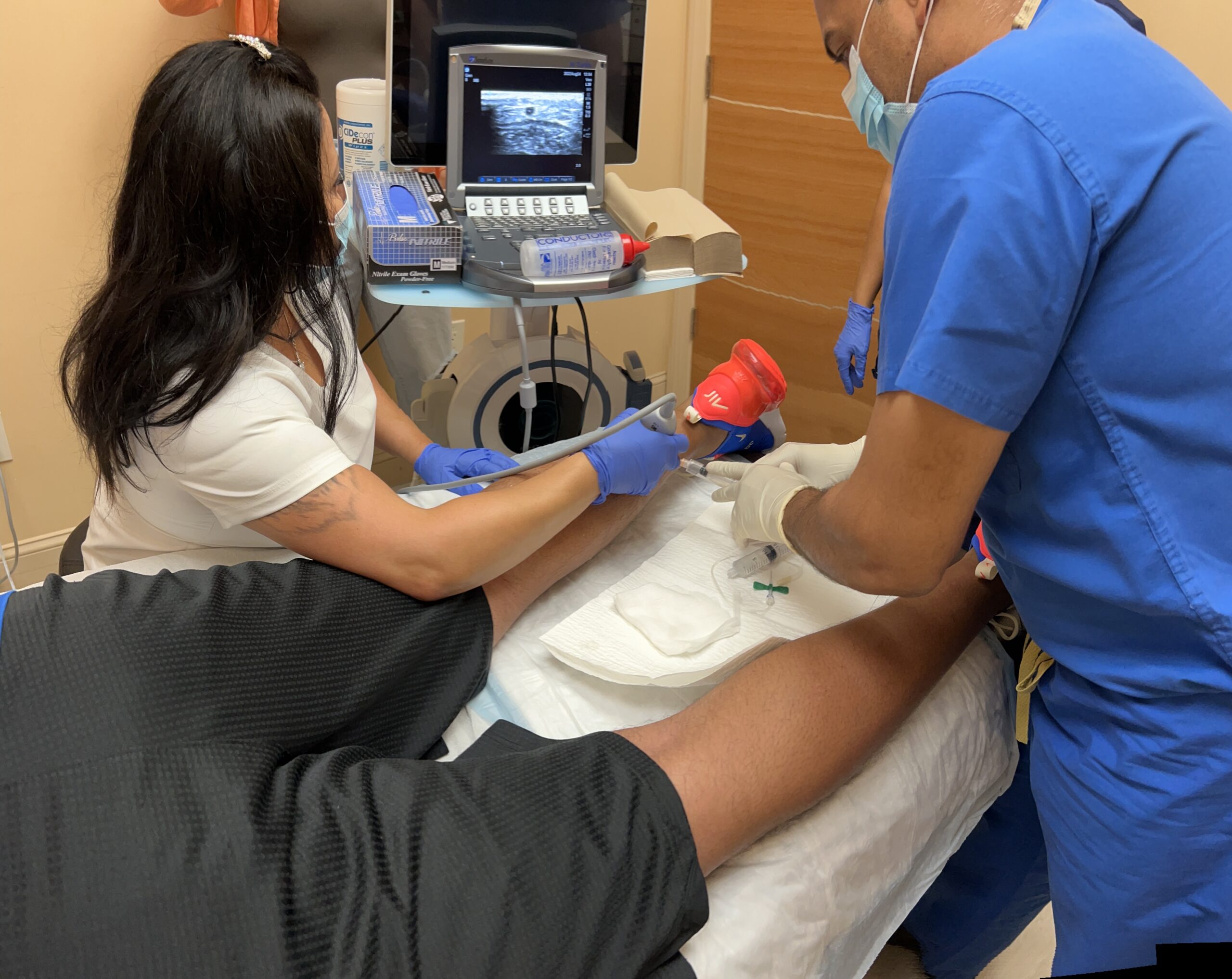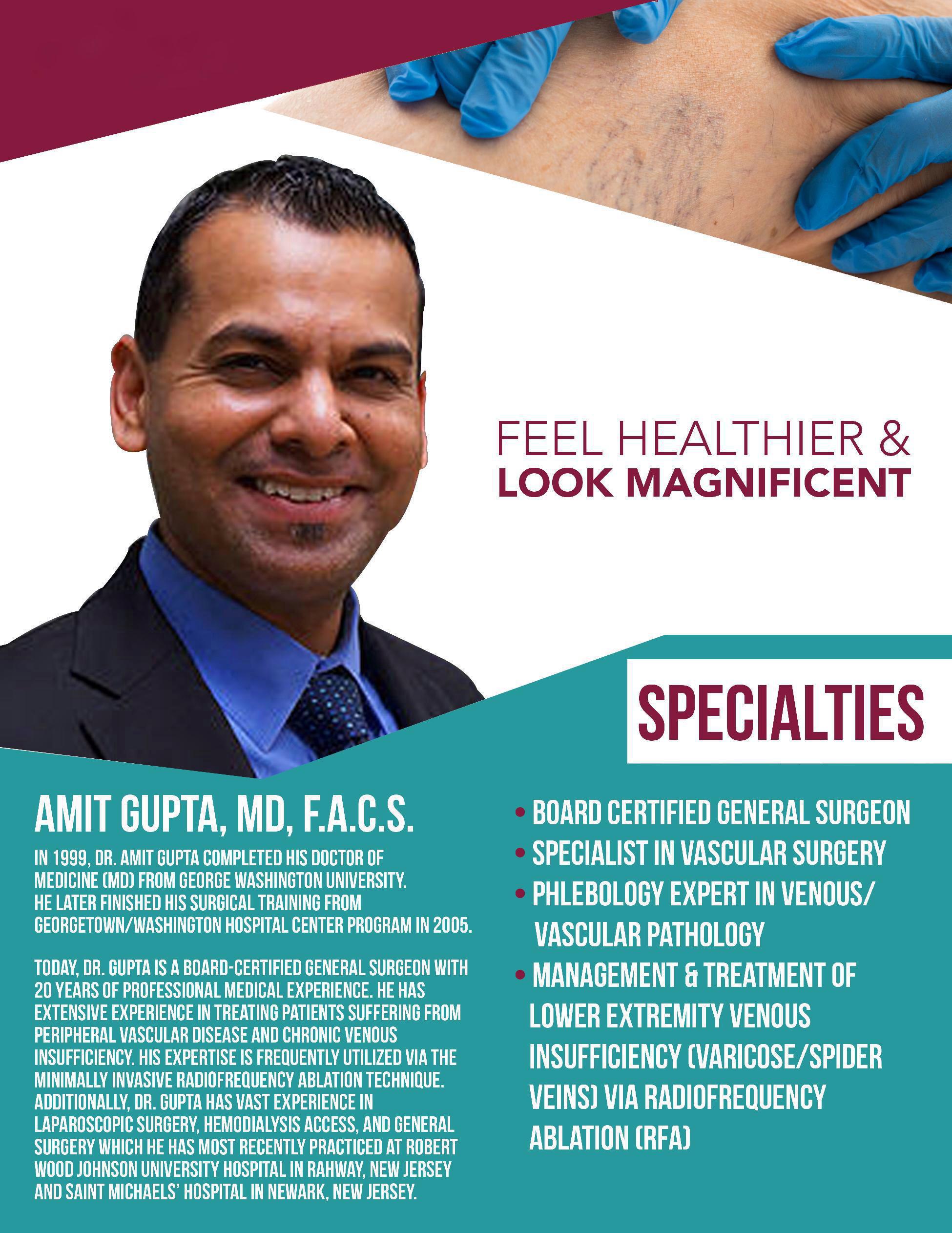Vein Treatment
XBody Health, Wellness & Spa
What Causes Vein Problems?
A variety of life events can cause problems in veins, such as pregnancy, a job where you’re on your feet a lot and/or wearing heavy gear. Also, vein issues can result from genetic factors.
Even without these risk factors, you can develop problems with blood flow in your lower extremities. Almost 1 in 3 people over the age of 45 have some kind of venous disease.

Why Should I Be Concerned About My Veins?
Vein disease can cause a lot of symptoms in your legs:
- Aching and Painful Legs & Feet
- Blood Clots
- Discoloration
- Tiredness and fatigue
- Restless Legs
- Leg Cramps, Throbbing or Swelling
- Skin Irritation
- Varicose/Spider Veins
- Venous Ulcers
If Early symptoms may seem minor. However, more serious problems like ulcers and skin changes can develop if not treated in time. These issues may be permanent.
How Do We Diagnose Your Problem?
During your initial visit, we’ll go over any questions you may have! You will then have an ultrasound performed by your vein screening specialist. Based on your ultrasound results and a detailed evaluation by our healthcare team, we can determine what’s going on with your veins and what exactly is causing issues in your legs.
What Are My Treatment Options?
We always strive to give you the best results possible with the least invasive procedures available. During your initial evaluation, we will review the compression stocking option and other lifestyle changes that may help your legs feel better prior to scheduling any procedure. Based on what you and your physician discuss, you WILL mutually decide on a plan of action!
What Is Radiofrequency Ablation (RFA)?
This technique allows us to treat the cause of your problems without ANY surgery. This unique procedure uses a specialized catheter to close off any affected veins (varicose veins) that are causing issues for your body by improving circulation and functionality of your legs.
What is Sclerotherapy?
We offer sclerotherapy to treat spider veins and other unappealing veins. This form of therapy usually follows radiofrequency ablation to ensure improved functionality and presentability of your legs.
Endovenous Varithena -Minimally Invasive, Nonsurgical Treatment?
Treatment with Varithena does not require any incisions or general anesthesia. It usually takes the doctor less than an hour to administer Varithena.
Patients may resume some activities the same day but should avoid heavy exercise for one week.
Types of veins treated
Varithena treats a wide range of varicose veins in the GSV system, including:
Varithena does not treat all forms of varicose veins. Please talk with your doctor to see if Varithena may be right for you.
How Varithena Works
How Varithena Operates
Varithena facilitates a non-surgical approach to treating vein issues. Initially, the practitioner introduces a minimal amount of Varithena into the problematic vein area either through a catheter or via injection.
Varithena, in the form of foam, is then deployed into the targeted region, inducing the collapse of the problematic vein.
Consequently, blood flow redirects towards adjacent healthy veins. Notably, the foam deactivates upon contact with blood
What to Expect
Varithena treatment is characterized by minimal invasiveness and a lack of surgical procedures. Typically, the injection site is numbed, obviating the need for additional anesthesia.
The practitioner administers a modest dose of Varithena through a catheter or direct injection into the malfunctioning vein, with the entire procedure taking less than 30 minutes.
Post-administration, the practitioner applies bandages and compression stockings to the treated leg.

Before and After



